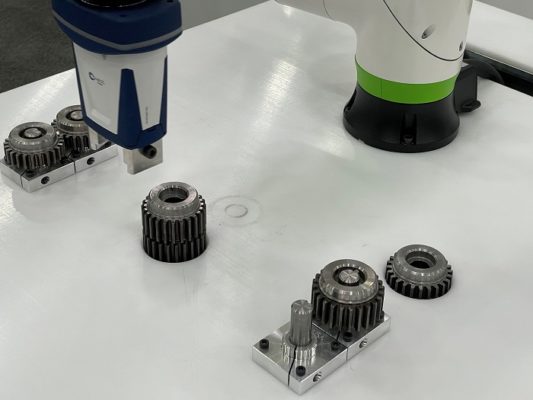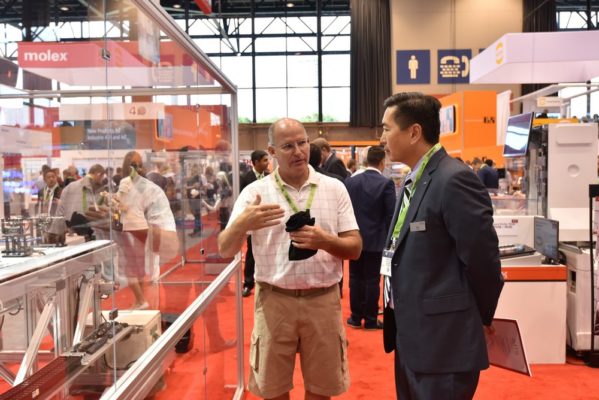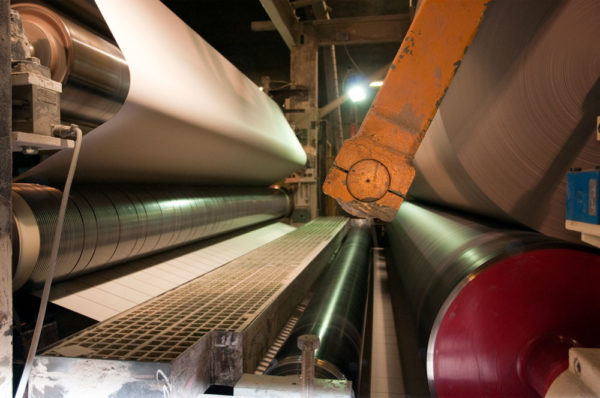Articles by Matthew Jaster
Perseverance traverses Mars to answer questions about the future of space exploration
A Guide to Gear Automation
Robotic technologies are designed to handle everything from heavy payloads to miniature components
Read More
An Automotive and Industrial Difference Maker
The Unique Story of Schaeffler’s Needle Roller Bearing Design
Your Robotic Coworker
FANUC Examines the Role of Collaborative Robots on the Automated Shopfloor
Hannover Messe USA: It's Educational
Attendees will find a comprehensive conference and technology focus at IMTS 2022
Always Fit to Print
What would a trade magazine be without a healthy low-ratio, high-speed gearing system?
Read More
The Optimization of 70 Tons of Scrap
Electric pre-shredder provides energy efficient option with MAV shrink discs
Read More














